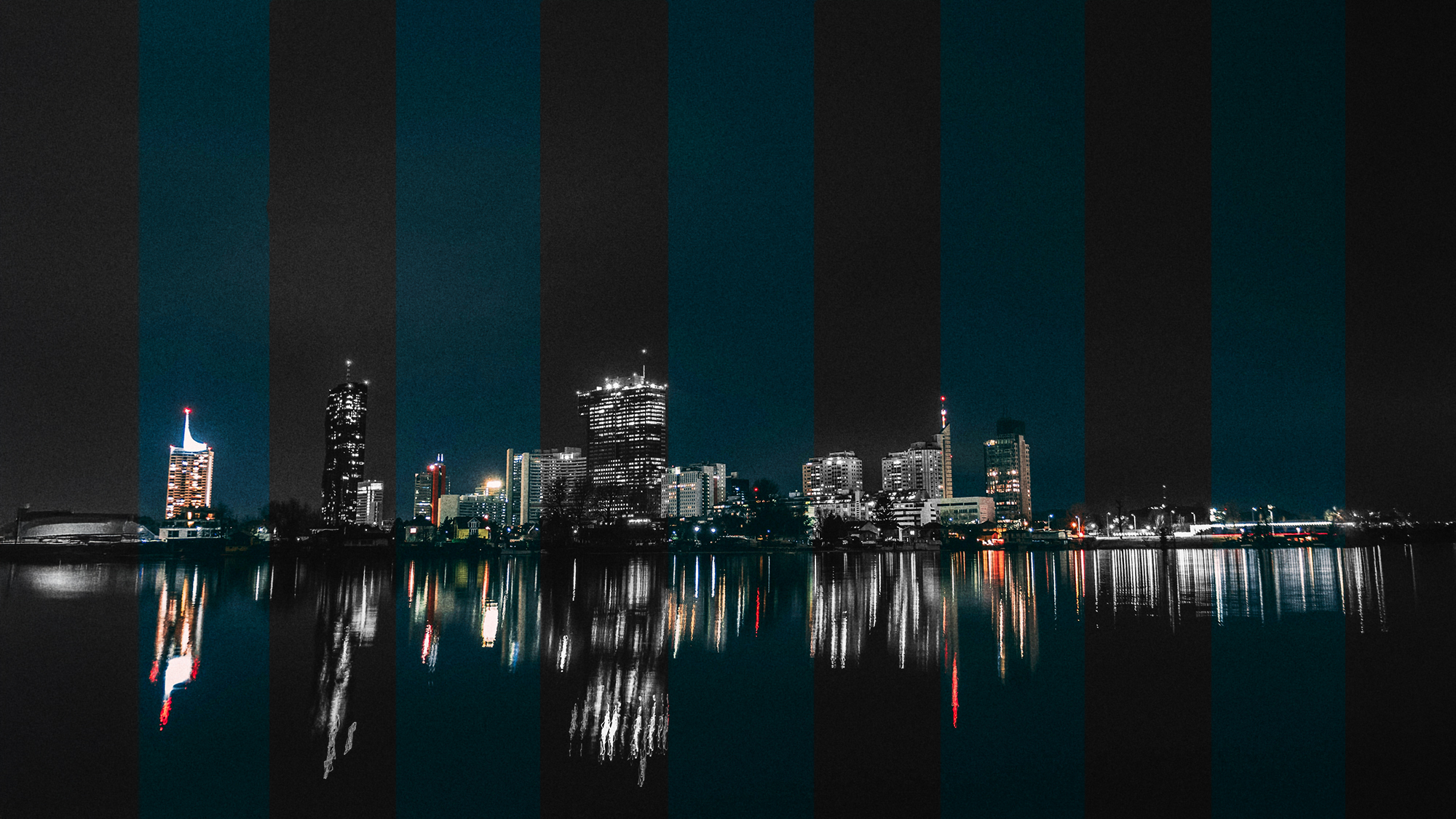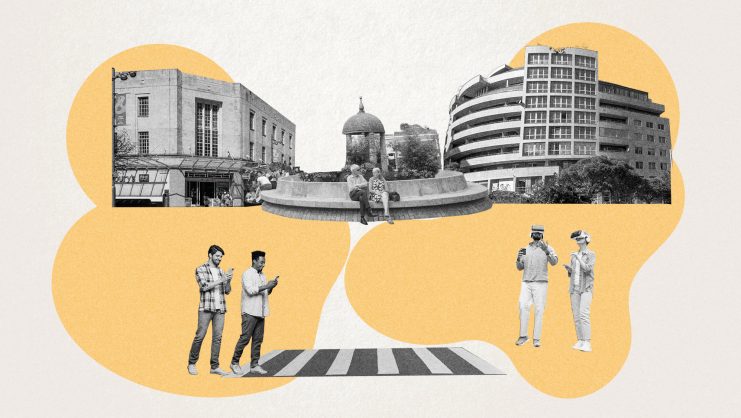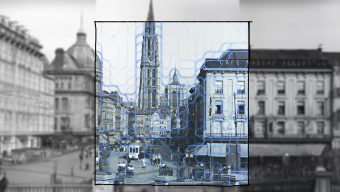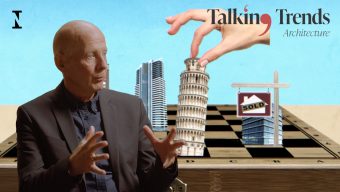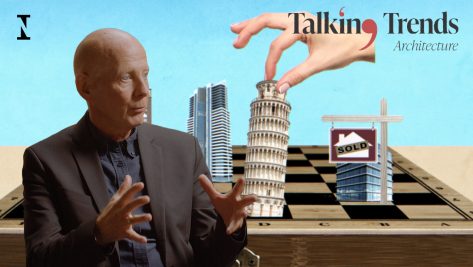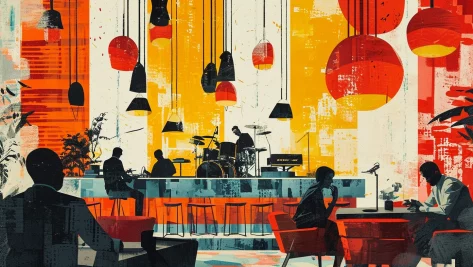Cities are fundamentally shaped by the relationships between their residents and the contexts in which these connections unfold. Such interactions define both individual and collective urban identity. After all, who are we without others?
The sociologist Irving Goffman, the father of symbolic interactionism, posited that people construct meaning – beginning at birth – through social exchanges. His framework of “dramaturgy” compares individuals to actors whose behaviors are shaped by their interactions with others.
Yet modern urban life presents a paradox: while cities concentrate populations, meaningful social interactions are declining. Physical barriers, scarce community spaces, and the frenetic pace of urban life have led to widespread isolation. The statistics are stark: according to the World Health Organization, 20-34% of European adults report feeling lonely, while figures reach 25-29% in the United States and 25-32% in Latin America.
The concept of the 24-hour city offers a potential solution to urban isolation by creating spaces designed for constant interaction and connection. In the late 1970s, American sociologist Murray Melbin identified nighttime as a new frontier for social activities and interactions, and the term “24-hour city” was adopted within the next decade in various parts of the world, almost simultaneously, as cities sought to improve urban safety and drive regeneration through round-the-clock activity.
Post-industrial cities naturally evolved toward 24-hour operation as their economies shifted from manufacturing to services. This transformation led to more flexible operating hours, with nightlife and hospitality becoming significant drivers of economic growth and creative development. While some areas were officially designated as leisure districts, others emerged organically as restaurants and bars populated business districts, creating vibrant social spaces near residential areas.
Contemporary discussions of the 24-hour city primarily view time as a strategic resource. Urban planners focus on monitoring nocturnal economies and activities during the “hours of dark” (6pm to 6am), while maintaining daytime infrastructure and services. This approach acknowledges the growing workforce in night shifts across emergency services, hospitality, retail, and food services. Yet these discussions often overlook the human element, particularly social interaction, focusing instead on economic metrics and management challenges.
The needs of a 24-hour city extend beyond basic services and safety measures. A truly inclusive round-the-clock city requires accessible public spaces, reliable transportation, and commercial activities that operate continuously. These elements must be designed to foster social connection, particularly for those with mobility challenges or limited social networks. This is where technology can help.
The 24-hour city, while not a new concept, requires a fundamental reimagining through diversity parameters that go beyond gender, age, class, and race. This broader understanding is necessary to create an ontologically safe space with opportunities for all. While the 15-minute city concept focuses on optimizing proximity and accessibility to enhance quality of life, the 24-hour city proposes constant availability of services and spaces. This raises critical questions about feasibility and whether such continuous access reflects genuine urban needs or merely cultural anxiety about missing opportunities.
Cities can create environments that support continuous social interaction while ensuring safety and accessibility.
The global landscape of demographic shifts, sustainability concerns, and technological advancement, coupled with the rise of creative industries and the knowledge economy, is transforming the concept of the 24-hour city worker. Beyond the traditional nighttime economy workers – artists, emergency services personnel, hospitality staff, retail employees, and factory workers – new patterns of work and life are emerging. This evolution challenges cities to expand their round-the-clock accessibility while ensuring both physical and digital connectivity for an increasingly diverse population.
The framework of third spaces, introduced by urban sociologist Ray Oldenburg in the 1980s, offers valuable insights for developing 24-hour cities. Oldenburg distinguished between first spaces (home) and second spaces (work), identifying a crucial third category where communities engage in informal social interaction. These third spaces are characterized by their neutral, inclusive nature, with conversation as the primary activity. They must be accessible and welcoming to all, foster familiarity, maintain a low profile, encourage a recreational mindset, and create a home-like atmosphere.
These characteristics of third spaces directly address the primary challenges facing 24-hour cities: social isolation and exclusion, access difficulties, and insecurity. By incorporating these elements into urban planning, cities can create environments that support continuous social interaction while ensuring safety and accessibility.
Cities have launched various initiatives and networks to address these challenges. MasterCard’s 24-hour Cities Network focuses on governance, safety, and mobility at night, while promoting nighttime economies as drivers of local development. Likewise, the Nighttime network is comprised of “night mayors” and organizations from more than 80 cities around the world that monitor urban nightlife to balance the needs of those seeking entertainment, work, or rest, emphasizing the distinction between “nightlife” and “nighttime.”
This distinction is crucial: while nightlife centers on entertainment, nighttime encompasses a broader spectrum of activity, including essential workers, insomniacs, and those restricted by insufficient infrastructure and opportunities.
Street lighting, noise regulation through by-laws and hotlines, and safe public transport form the foundation of a 24-hour city. Yet equally vital are spaces that facilitate interaction beyond home, work, or entertainment venues. This need is particularly acute for the growing senior population, many of whom experience urban isolation and limited sleep patterns, averaging just three to four hours of rest per night.
Several cities exemplify different approaches to 24-hour operation. Amsterdam pioneered the night mayor concept, informally at first, before making it official in 2014. New York, the quintessential city that never sleeps, followed in 2017, though its night mayor position lapsed in 2023. Madrid, despite its vibrant nightlife and aging population, operates without such a role, relying instead on the Nix Mesa de la Noche collective to represent nighttime interests. London maintains both a night mayor and a robust nighttime economy, where one in every four pounds is spent after dark. Diriyah, within Saudi Arabia’s capital Riyadh, represents a planned approach to 24-hour city development, adapting to high daytime temperatures by fostering nighttime social culture. This contrast between organic evolution and planned transformation highlights a fundamental distinction in 24-hour city development.
Successful 24-hour cities share several key characteristics: they implement comprehensive strategies tailored to their unique social, cultural, and economic identities; they appoint night mayors or equivalent figures to coordinate nighttime activities; they foster regular dialogue among city administrators, businesses, and communities; and they extend nighttime activities into suburban areas.
The 21st-century city inherently operates around the clock, creating an ecosystem that embraces diverse lifestyles and blends physical and digital realms. This creates a distinct paradox: while technology enables constant connection, it can simultaneously foster isolation. The most successful cities address this challenge by designing solutions that encourage meaningful interaction among both familiar faces and strangers, at any hour. This fundamental ability to foster connection defines the true 24-hour city.
© IE Insights.



